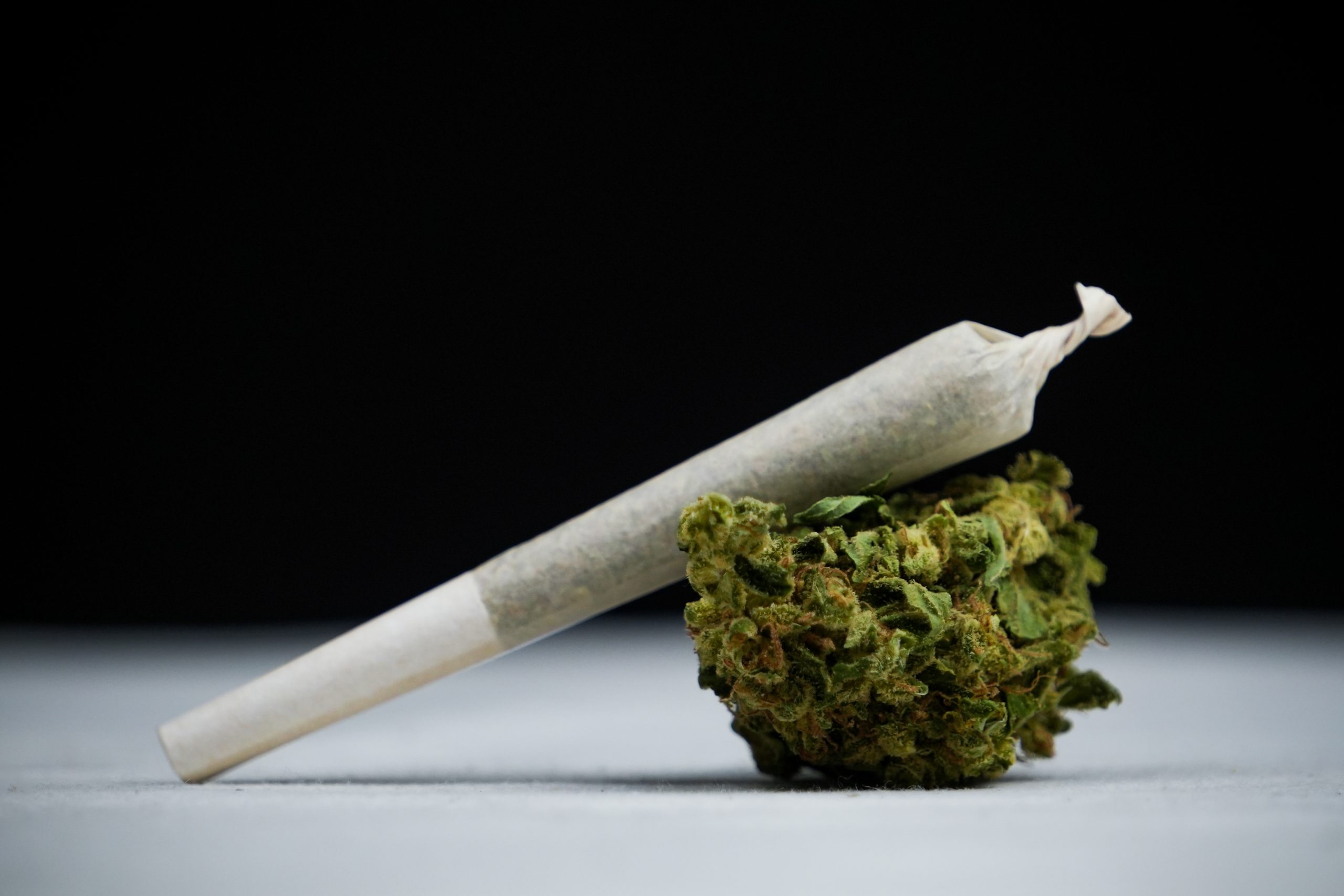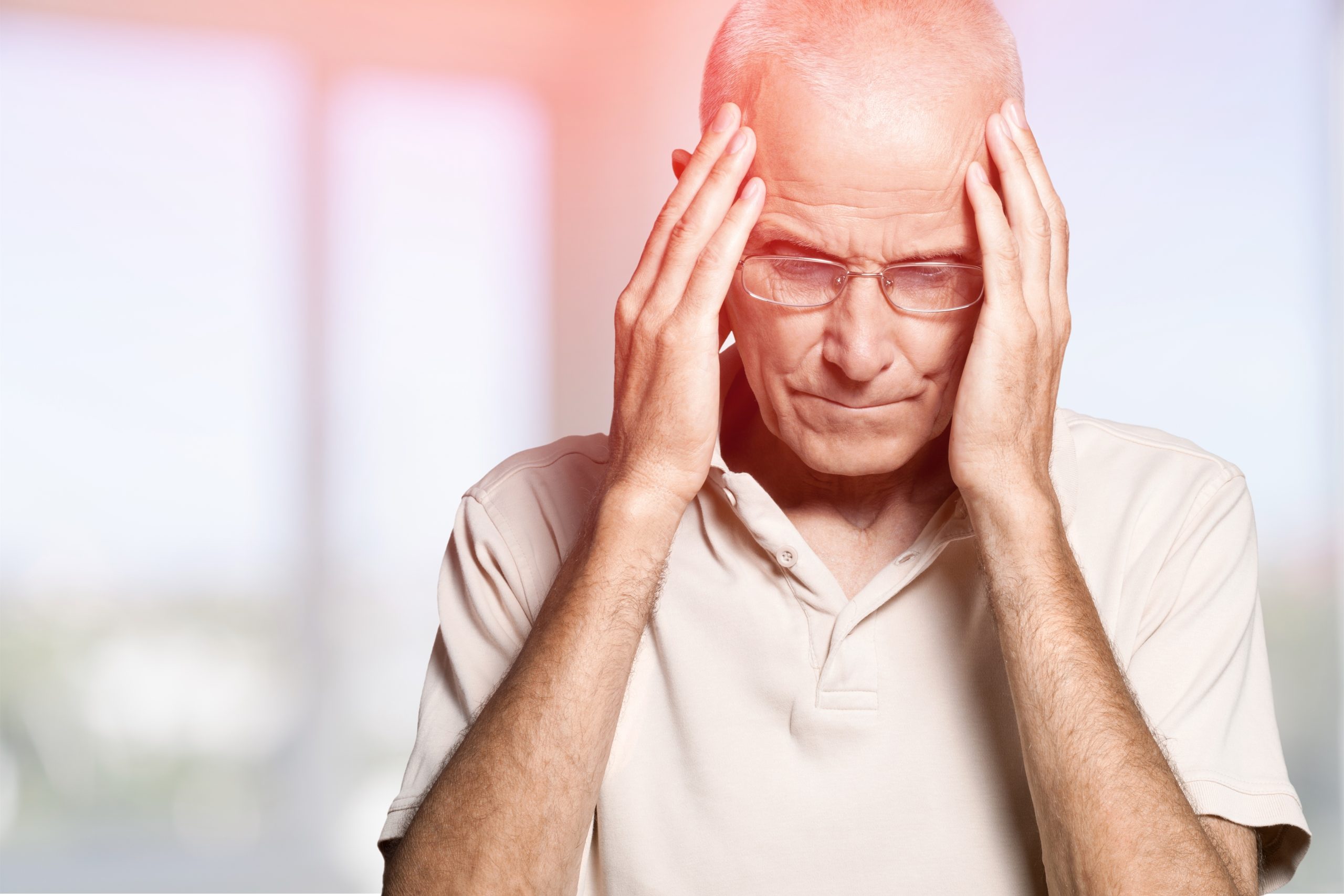What if the weed you enjoyed in college is now a completely different beast—one that could quietly rewire minds and upend lives?
Story Snapshot
- Largest-ever review connects high-potency cannabis with higher risks of psychosis, schizophrenia, and addiction.
- Evidence for anxiety and depression is mixed, with both harmful and potential therapeutic effects reported.
- Gaps in research leave clinicians and policymakers without clear guidance as THC potency in products soars.
- Calls mount for urgent, better-designed studies to keep pace with legalization and industry innovation.
Modern Marijuana: Potency Outpaces Science
Walk into any dispensary today, and you’ll find cannabis products boasting THC levels your 1980s college roommate could never have imagined. Legalization has sparked an arms race for potency: oils, “shatter,” and “dab” can contain THC concentrations ten times higher than what past generations smoked. While industry profits soar, so does the number of users consuming these supercharged products daily—now estimated at nearly 18 million Americans, a figure that eclipses daily alcohol use. This fast-moving market has left science and medicine in a scramble to catch up.
The last few years have seen emergency rooms fill with cases of cannabis-induced psychosis and heavy users unable to quit despite negative consequences. These aren’t the familiar stories of mellow stoners or casual partiers. Today’s high-potency weed is driving a new wave of mental health concerns, and clinicians are struggling to give meaningful advice because the research so often lags behind the products people are actually using.
Landmark Review Reveals Troubling Associations
Researchers at the University of Colorado Anschutz Medical Campus, alongside global collaborators, recently published the broadest and most rigorous examination yet of high-potency cannabis and mental health. Sifting through nearly 100 studies conducted over the last half-century, their findings deliver a clear message: higher concentrations of THC are strongly linked to increased risks of psychosis, schizophrenia, and cannabis use disorder. These associations remain consistent even as product types and study designs vary, providing a rare point of consensus among scientists studying cannabis.
Yet the review also highlights a frustrating paradox. Despite the sheer volume of research, most studies either suffer from methodological flaws or fail to reflect the reality of today’s hyper-potent cannabis. Few can say for certain how the latest products—those now dominating dispensary shelves—impact mental health. For anxiety and depression, the evidence is a patchwork: some studies suggest negative outcomes, while others point to possible therapeutic benefits. This leaves both patients and doctors in a clinical gray zone, with little to guide treatment or personal decisions.
Public Health and Policy in the Crosshairs
As evidence of harm mounts, the stakes for public health policy grow more urgent. Mental health professionals are reporting spikes in cannabis-related psychosis and dependence, particularly among teens and young adults—groups already vulnerable to psychiatric disorders. Some jurisdictions have responded with proposals for THC caps or mandatory warning labels, while others remain hands-off, wary of stoking a backlash against legalization. The cannabis industry, for its part, argues that education and responsible use will mitigate risks, but even some insiders admit clearer labeling and consumer guidance are overdue.
The regulatory gap is stark. Unlike alcohol and tobacco, cannabis products often lack standardized warnings or potency limits. Meanwhile, clinicians are left counseling patients based on outdated science that rarely matches what’s actually on the market. As more Americans turn to cannabis for medical or recreational use, the disconnect between research, regulation, and real-world experience widens—fueling a debate that extends far beyond dispensary doors.
What’s Next? Urgent Need for Better Evidence
Despite the scale of the new review, its authors stress that the story is far from complete. Most existing studies carry a moderate or high risk of bias, often relying on small samples, self-reported data, or products with lower THC than what’s now widely available. There is an urgent and growing call for research that accurately reflects the potency, patterns of use, and demographics shaping today’s cannabis landscape. Without it, policies will continue to lag, clinicians will remain in the dark, and users—especially the young and mentally vulnerable—may pay the price for decisions made in a fog of uncertainty.
For readers who grew up believing cannabis was a harmless rite of passage, these findings may come as a shock. But as the cannabis industry evolves, so must our understanding of its risks—and our willingness to demand answers from science before the next generation is left to learn the hard way.











